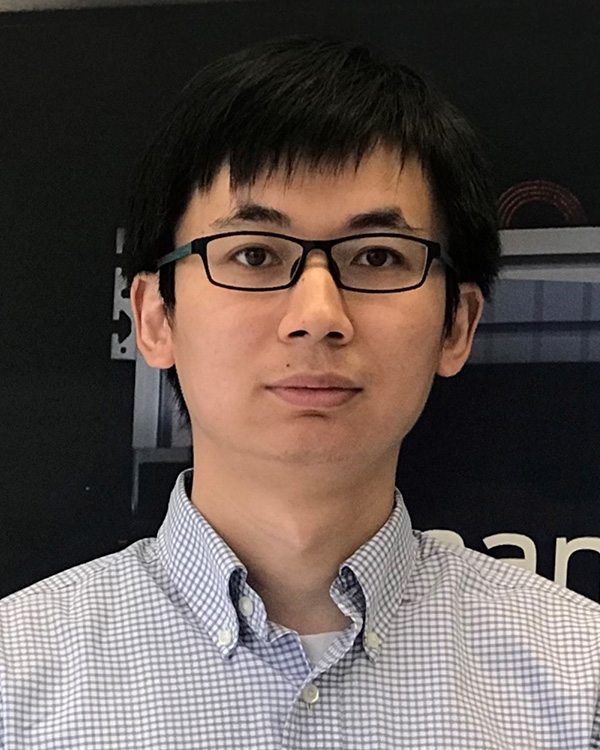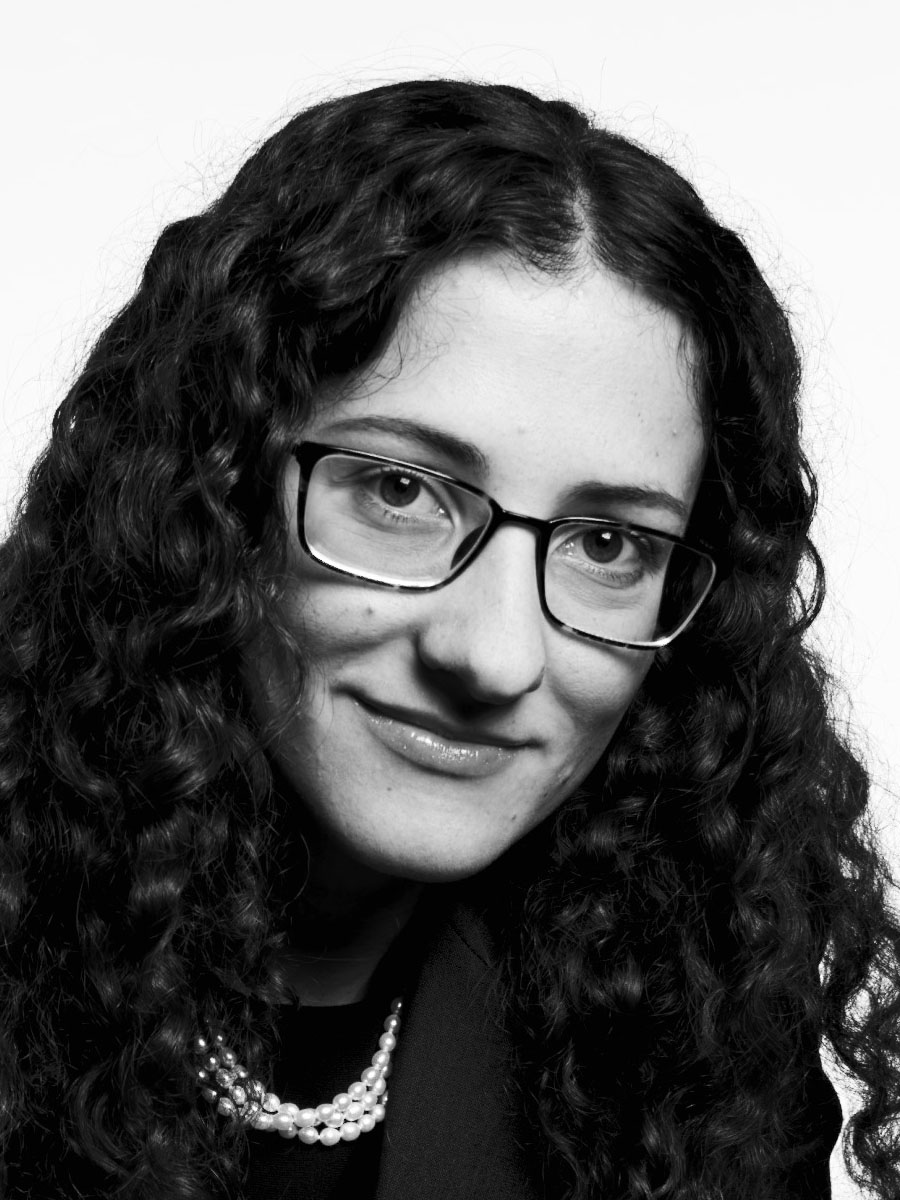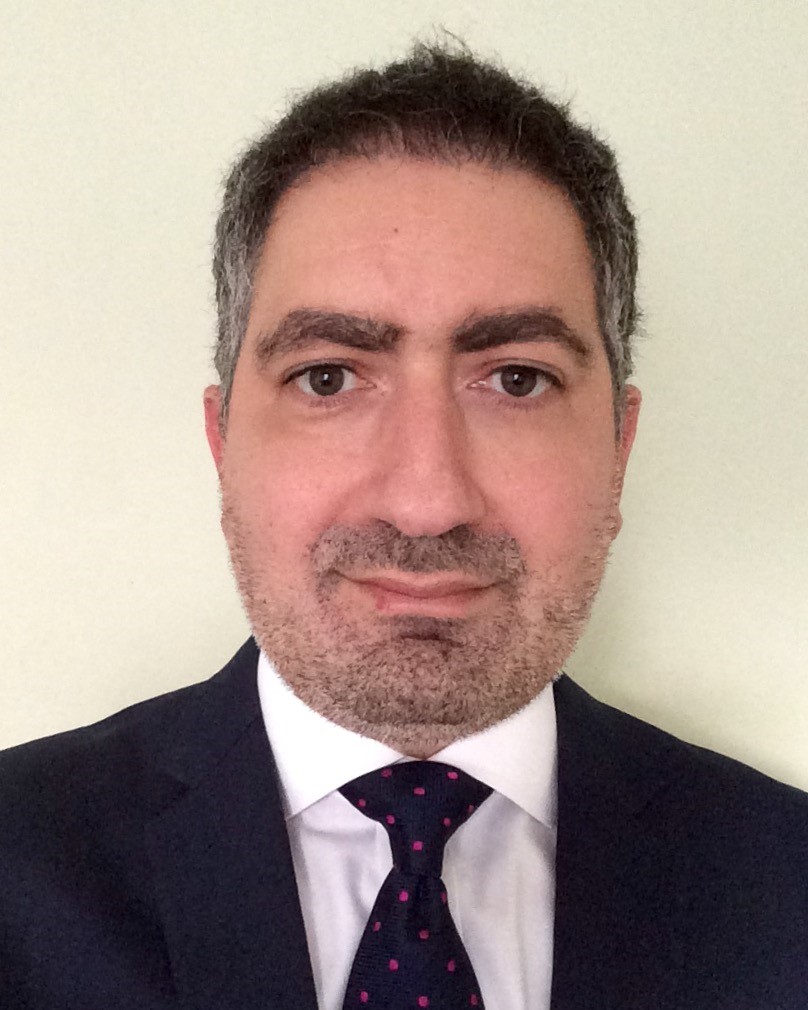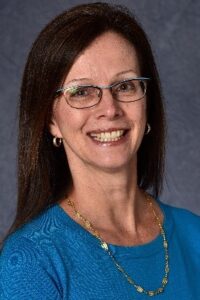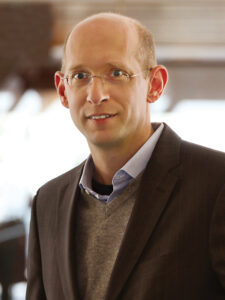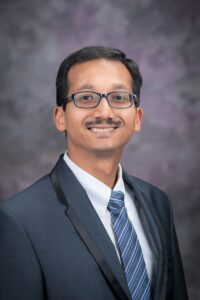 http://s.uconn.edu/meseminar4.22.22
http://s.uconn.edu/meseminar4.22.22
Abstract: Meta-structures are artificially engineered structures designed to exhibit properties not found in conventional materials. By careful design, one can obtain unprecedented control over various physical properties. Examples in mechanics includes structures having unique static and dynamic properties like negative Poisson’s ratio, zero shear modulus and non-reciprocal wave propagation.
Waveguides transporting energy and information are widely used in bulk and surface acoustic wave devices. They have stringent requirements of a dispersion bandgap and suffer from losses due to localization and scattering at defects or imperfections. In this talk, I will illustrate how these limitations can be overcome by a new class of meta-structures: symmetry protected waveguides. Inspired by recent developments in quantum condensed matter physics, such waveguides allow for wave propagation along an interface or boundary, immune to the presence of structural defects. I will present three examples of different classes of such waveguides. The first example will show a general design paradigm to localize energy in a structure at a desired frequency, while the second and third examples will illustrate backscattering free wave guiding and wave propagation along a channel in structures without any bandgaps. Such waveguides have potential applications in acoustic signal processing, imaging and vibration isolation..
Biographical Sketch: Raj Kumar Pal received his bachelor’s degree in mechanical engineering from the National Institute of Technology, Trichy, India, followed by his master’s degree in the same field from the Indian Institute of Science, Bangalore, India. He then worked in industry for a year before starting doctoral graduate studies at the University of Illinois, Urbana Champaign. He earned a Ph.D. in Theoretical and Applied Mechanics, followed by postdoctoral appointments in the School of Aerospace Engineering, Georgia Institute of Technology, and in the mechanical and civil engineering department at the California Institute of Technology. Since 2019, he is an Assistant Professor in the mechanical and nuclear engineering department at Kansas State University. He works broadly at the intersection of solid mechanics and dynamics, investigating fundamental wave propagation phenomena with the goal of novel engineering applications.
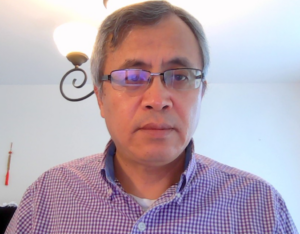 http://s.uconn.edu/meseminar05.13.22
http://s.uconn.edu/meseminar05.13.22